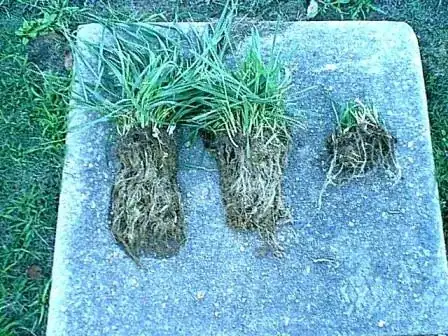Upstate New York is experiencing a severe drought that I never even thought was possible in what I have always known as a permanently wet and cloudy region.
I have left my lawn unmowed for over a month and in my neighborhood, more ground is brown than green, which is a first for me. We have some trees providing shade so certain areas are better than others, but overall things are pretty dry.
Should I leave the lawn as it is and wait a while until we get more rain, or should I mow it sooner rather than later? And for either action, is there a significant downside?
